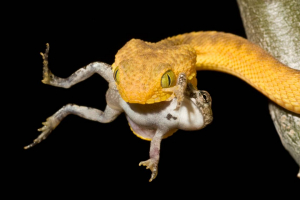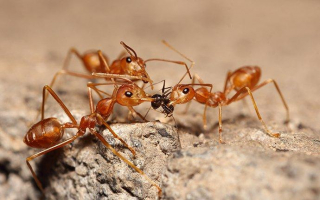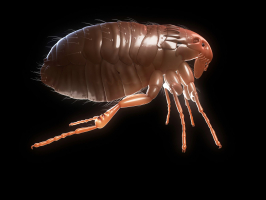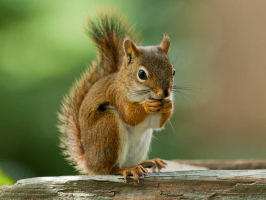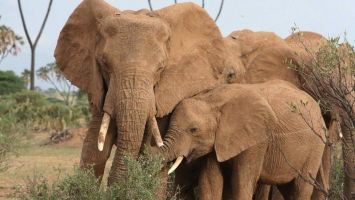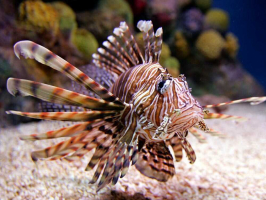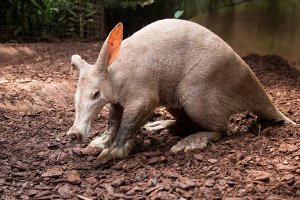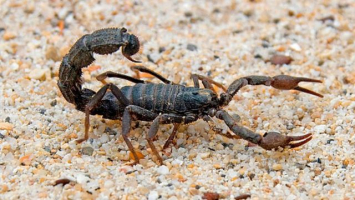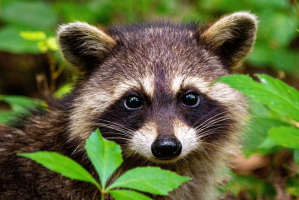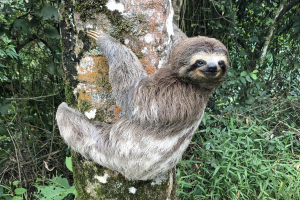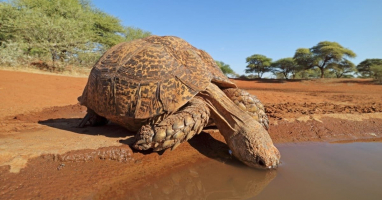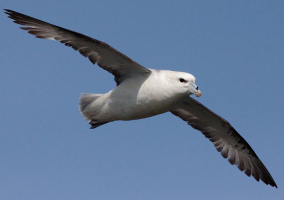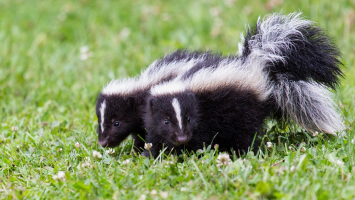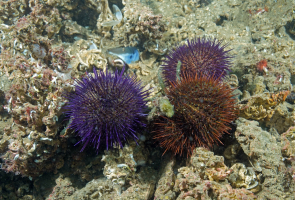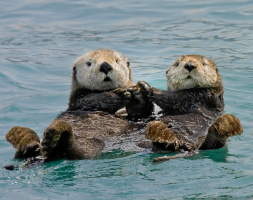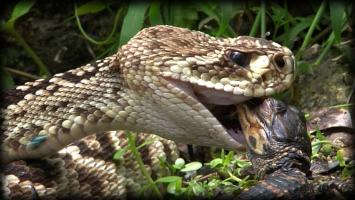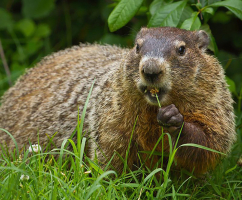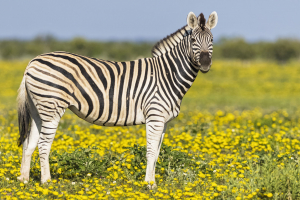Top 5 Predators of Baboons that Eat Baboons
A primate belonging to the Papio family is the baboon. Baboons are especially vulnerable because, despite their willingness to attack and protect themselves, ... read more...they are not very ferocious predators. As a result, they are frequently easy prey for some predators. Threats to baboons can take many forms. Let’s take a look at some of the most dangerous predators of baboons that eat baboons.
-
The Nile crocodile is a sizable crocodile that is indigenous to freshwater ecosystems in Africa and can be found there in 26 different nations. The second-biggest living reptile in the world, behind the saltwater crocodile, it is the largest freshwater predator in Africa.
The Nile crocodile is a particularly aggressive crocodile that can take practically any animal that comes within range. It is an opportunistic apex predator. They hunt a range of prey since they are generalists. Their main food sources include various fish, reptile, bird, and mammal species. They are predators that wait in ambush and can wait for hours, days, or even weeks before attacking. They are nimble predators who wait for the right moment when a target prey item is well within striking distance. Even fast-moving prey are vulnerable to attack. The Nile crocodile, like all other crocodiles, has a strong bite that is exceptional among other creatures and pointed, conical teeth that penetrate into flesh to create an almost impenetrable grasp. They have a huge advantage while holding down big prey underwater to drown since they can exert tremendous force for long periods of time.
While Nile crocodiles don't typically eat baboons, they are also reputed to be not particularly picky eaters and will gladly eat a baboon if the occasion arises.
These baboon predators are extremely dangerous and savage, and their powerful jaws are powerful enough to kill creatures that are larger than crocodiles. Baboons are exceptionally peaceful creatures, and they are not very adept at defending themselves from harm. But they are incredibly gregarious, and the fact that they frequently live in groups can operate as a form of defense in and of itself.
Fortunately for baboons, Nile crocodiles can frequently consume enormously large meals. As a result, most crocodiles only eat about 50 times a year on average.
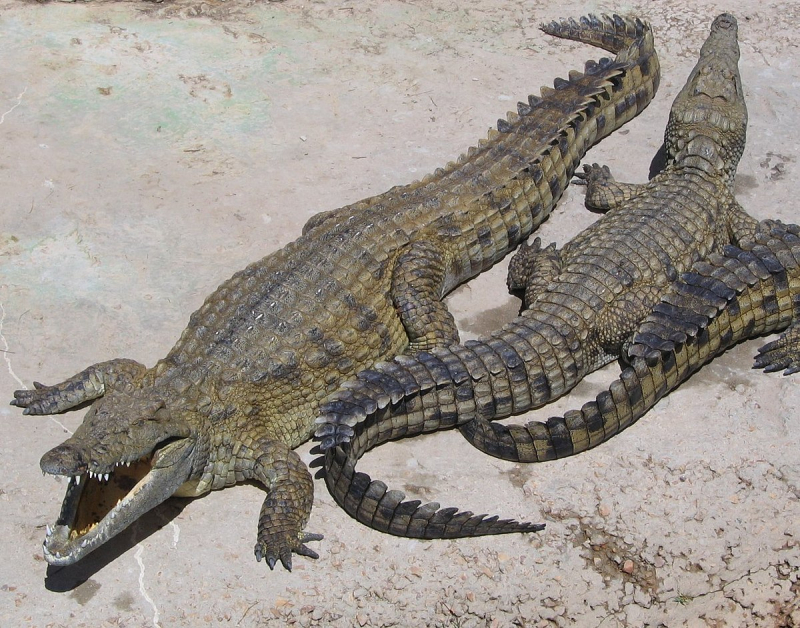
Photo: wikipedia 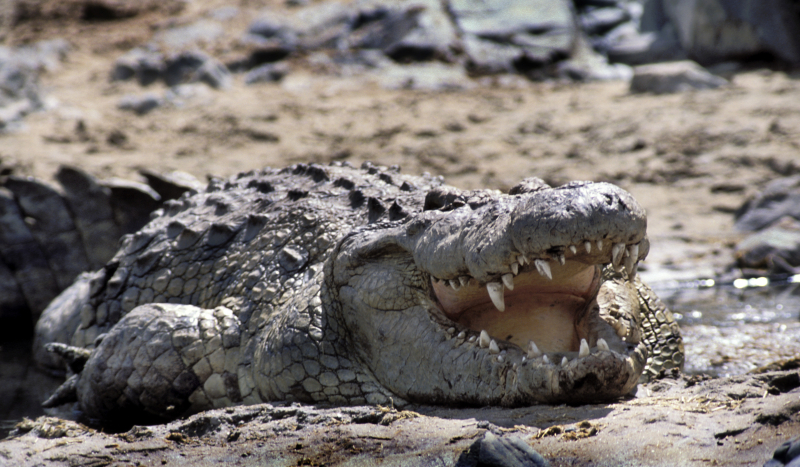
Photo: commons.wikimedia.org -
Large cat of the Panthera genus, the lion is indigenous to Africa and India. Its physique is broad-chested and strong, and it has round ears, a small, rounded head, and a hairy tuft at the end of its tail. Female lions typically hunt in packs and target huge ungulates as their primary prey. Although some lions scavenge when opportunities arise and have been known to hunt humans, the species normally does not actively seek out and prey on humans. The lion is an apex and keystone predator.
Although baboons may not be a lion's primary food source, they will occasionally hunt them because lions are among the deadliest animals on the earth. So, one of the predators of baboons that eat baboons is lions.
Because they are mostly nocturnal creatures, lions seek for food at night, but baboons sleep at night and prefer to hide in trees from predators. However, a lion will occasionally hunt during the day, and if it does, a baboon will frequently be one of its prey.
Sometimes for several hours, lions may stalk their victim before leaping on it and killing it. They accomplish this by biting into the prey's windpipe and suffocating it. Although they have relatively little defense against lions, baboons can benefit from a greater lion's speed when climbing trees.
Even while some lions are also capable of climbing trees, some of them are patient and will wait at the base of a tree for a baboon to descend in search of food.
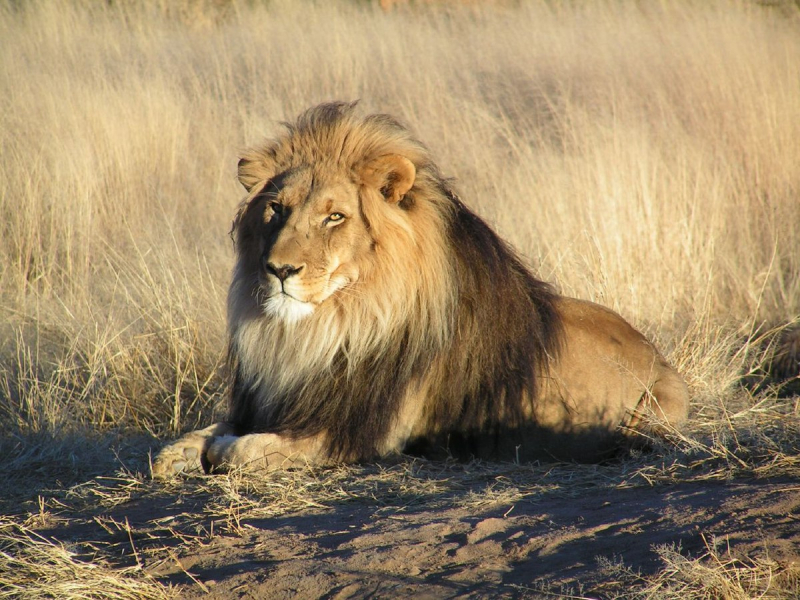
Photo: wikipedia 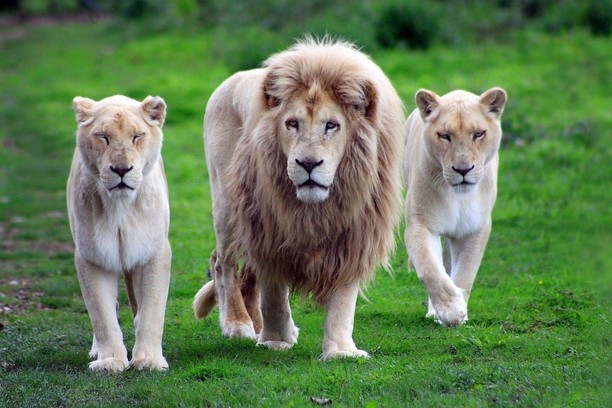
Photo: addons.opera -
The Hyaenidae family of feliform carnivorous animals includes hyenas. It is one of the smallest biological families in the class Mammalia and the fifth-smallest biological family in the Carnivora, with only four living species.
Due to convergent evolution, hyenas and canines share many behavioral and physical traits. Both species are non-arboreal, cursorial hunters that use their teeth rather than claws to capture prey. Their calloused feet with broad, blunt, nonretractable claws are ideal for running and making sharp turns. Both consume food quickly and have the ability to store it.
Hyenas are known for their propensity for scavenging, but that doesn't mean they don't occasionally hunt their own prey. Hyenas frequently hunt in packs, just like dogs and wolves, which can make them very dangerous baboon predators.
With one of the strongest jawbones of any animal in the world that is even capable of biting through bones, hyenas are shockingly swift and strong creatures. But hyenas don't kill their prey before eating it. They frequently chase animals in packs before using their speed to wear their prey down until they are exhausted. The pack will then pursue the animal and eventually catch it, eating it while it is still alive. There is frequently nothing a baboon can do to defend itself against a hyena due to both their extreme speed and the fact that they hunt in gangs.
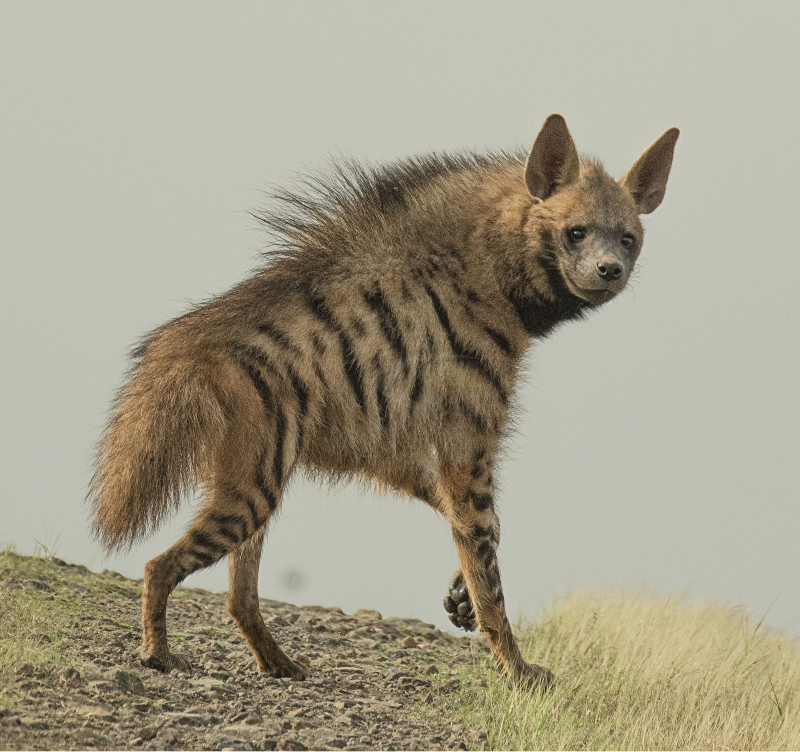
Photo: wikipedia 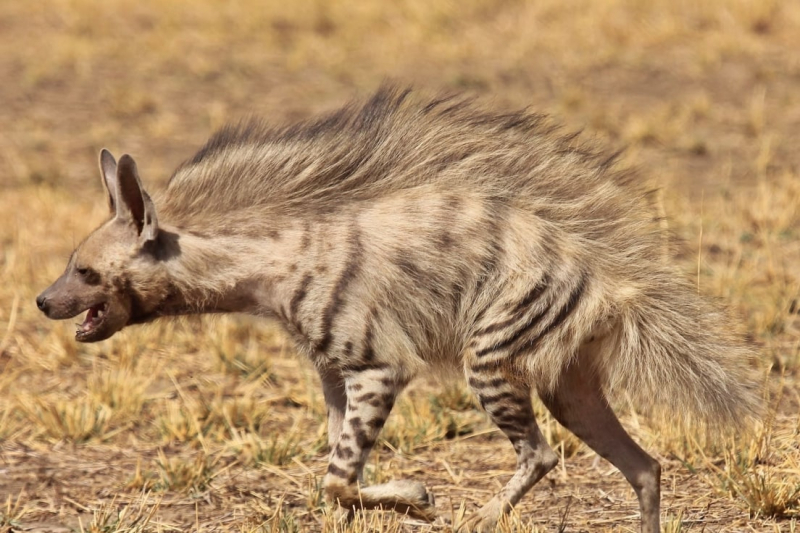
Photo: roundglasssustain -
The cheetah is a big cat that is indigenous to central Iran and Africa. Although they tend to favor animals with hooves, cheetahs are among the most ruthless carnivores in the animal kingdom and if the chance to trap and kill a baboon arises, they won't pass it up.
Because of their exceptional stealth, cheetahs frequently track their prey for a long period of time before attacking it. When they do decide to pounce, they frequently engage their prey in a lightning-quick pursuit that the cheetah frequently wins.
Cheetahs can run at high speeds of more than 100 kilometers per hour, making them a very challenging animal to escape from. Although these speeds frequently happen in brief spurts, if an animal is fortunate enough to escape, it should be fine.
While baboons can't possibly match the speed of a cheetah, they do have the advantage of being able to climb trees rapidly, which is frequently a very efficient defense against ground animals.
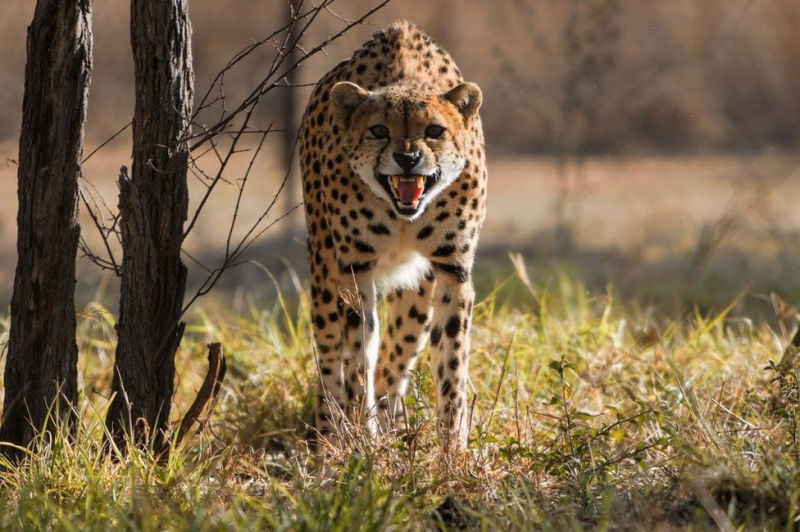
Photo: bbc 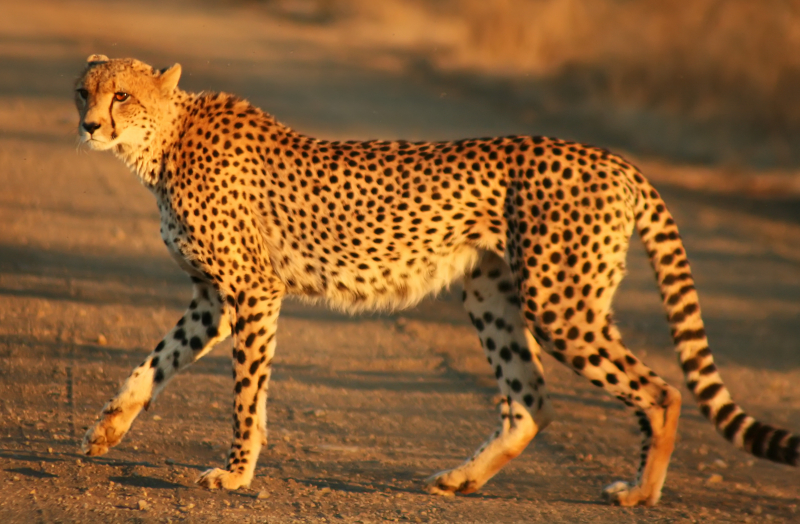
Photo: wikipedia -
The genus Panthera, a member of the feline family Felidae, contains five living species, the leopard being one of them. The leopard is a long-bodied cat with a big cranium that has comparatively short legs when compared to other wild cats. The leopard stands out for its expert camouflage, opportunistic hunting style, varied diet, strength, and capacity to adapt to a wide range of environments, including dry and mountainous regions.
Another significant danger to baboons in the wild is leopards. Leopards is one of the predators of baboons that eat baboons. They often follow their prey before pouncing on it, similar to lions and cheetahs, and are frequently far too powerful for an animal like a baboon to defend themselves against. Prior to charging at their victim and biting them severely with their very powerful jaws, leopards would pursue their target stealthily.
Leopards are particularly challenging for baboons to avoid, since they spend a lot of time in trees. Because of the way a leopard's spotted coat often blends in with tree leaves, it can be quite challenging for a baboon to see one approaching. When it comes to defending oneself from leopards, baboons have quite effective defenses.
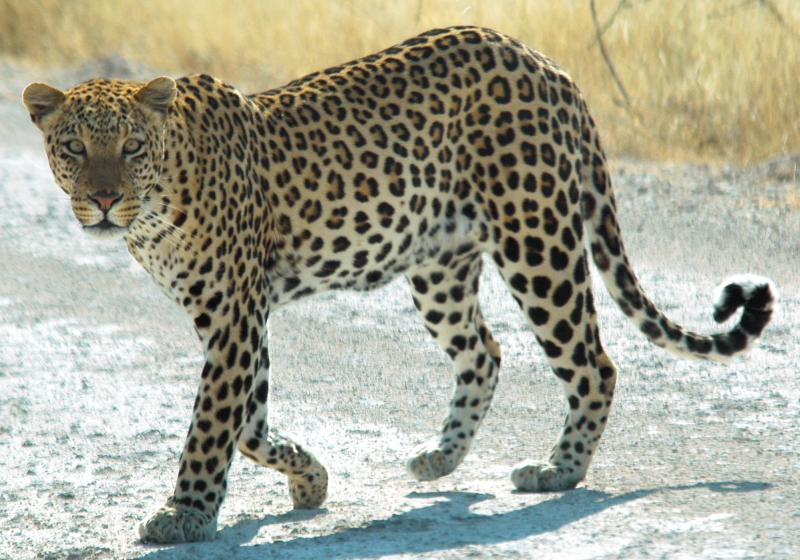
Photo: wikipedia 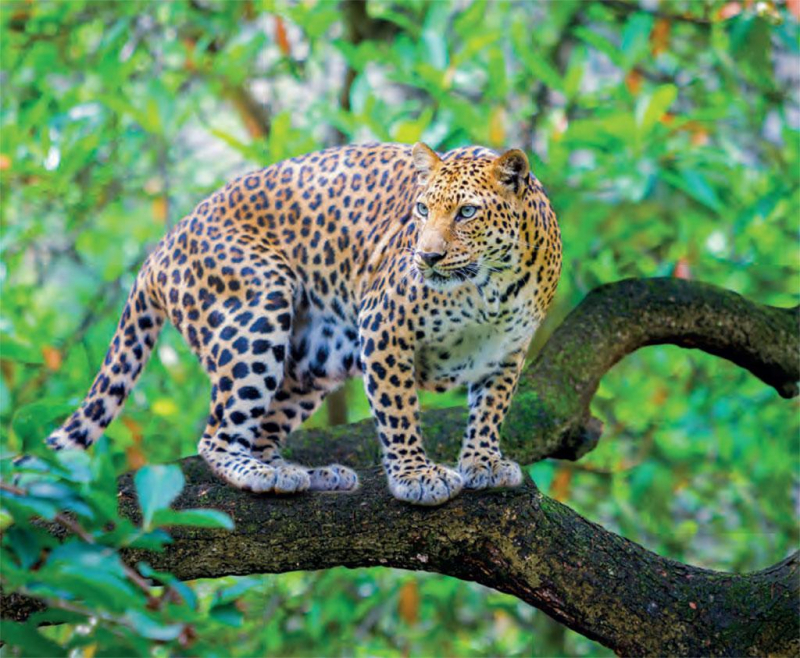
Photo: downtoearth







